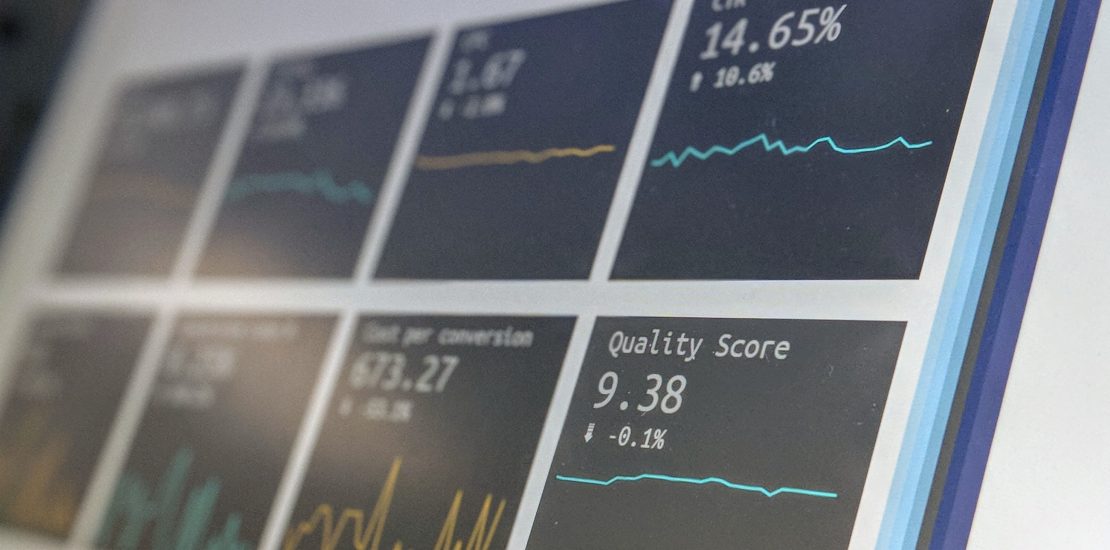Thought Leadership
YQA – How Can You Measure the Return On Investment For RPA?
January 03, 2021


Over simplified answer:
You can measure ROI through the following formula:

RPA ROI should be measured in weeks or months – never in years!
In more detail:
By nature, RPA is the Queen of ROI. It is fast to implement, doesn’t require changes to existing systems, and is fairly cheap. Especially when cloud RPA is delivered as a service it can be turned on and off like running water from a tap – with no fixed technology costs! In a turn-key service billing is directly based on usage, not capacity. The full investment consists of a development project and the (minute-based) service fee of running the robots.
A typical a pay-back time for an RPA projects is around 3 to 9 months. Other inhouse RPA costs are related to training or hiring experts, organising the project management, and running the developed automations. Consider carefully your internal capabilities, the cost of developing these, and the key areas you should focus on in setting up and running your RPA program.
What should you be measuring?
In order to gain a full picture of your ROI for an RPA program you should be measuring the following:
FTE: The cost of automating a process is compared to the cost of manually performing the process.
Hours-Back-To-Business: measured by assigning a value to the hours freed up for more productive work or adjusting the FTE measure to reflect the value of returned work hours.
Reduced Quality Costs: how much automating a process has reduced the need for corrections or eliminated mistakes in the process.
Process Optimization & Lead Time: time from the start of the work through the end of it in a process – which typically includes some waiting time. Automation can be used to optimize a process, for example, by running preliminary actions at night or on weekends to reduce waste-time during office hours.
Service Availability and Customer Satisfaction: Calculate the alternative cost of offering the an improved service-level without automation, or you can estimate the expected business value of improving Service Availability and/or Customer Satisfaction by X%.
Improved Business Agility: Business Agility can be incorporated in your ROI calculations by measuring the amount of new strategic initiatives and assigning them a value.
Business Continuity Measures: Reducing human dependency in critical processes often equals reduced risks to Business Continuity. RPA is a great tool to achieve these goals. Calculate the cost of downtime and evaluate the risk. What is the value of reducing or eliminating these risks?
Employee Satisfaction: calculating the cost of reduced staff turnover, better productivity, and improved employer image which makes it easier to attack new skills.
Intelligent Automation can drive real savings and value. Delivered on a pay-as-you-go subscription model
Have a question that you’d like to be answered?
Email us directly: david@valtatech.com




